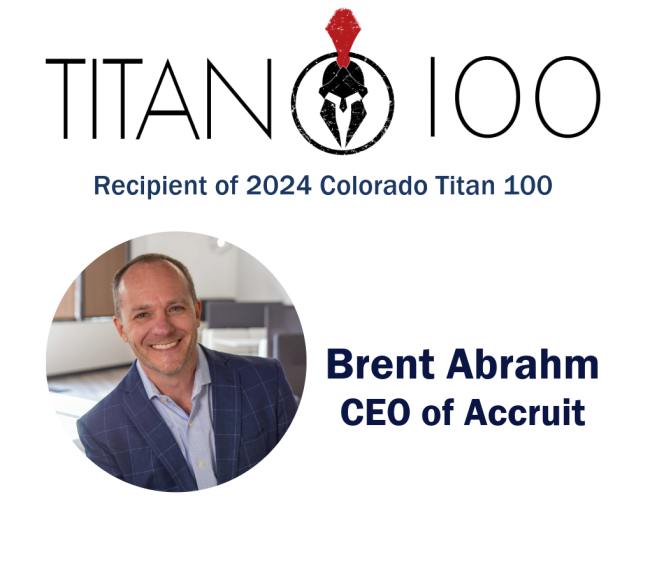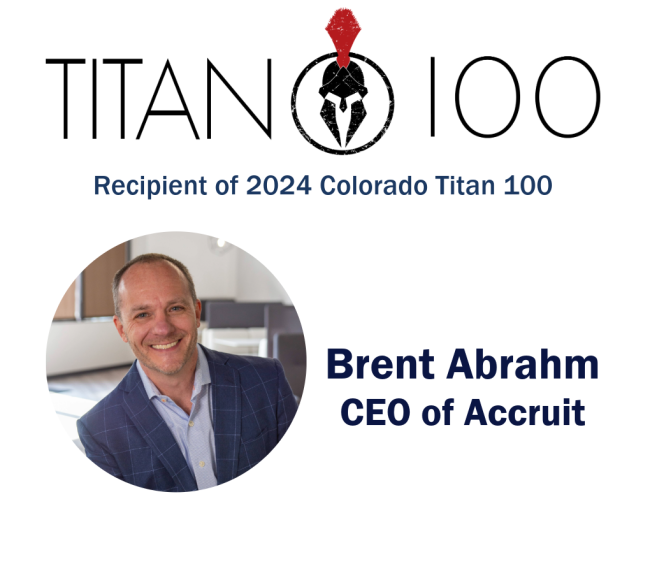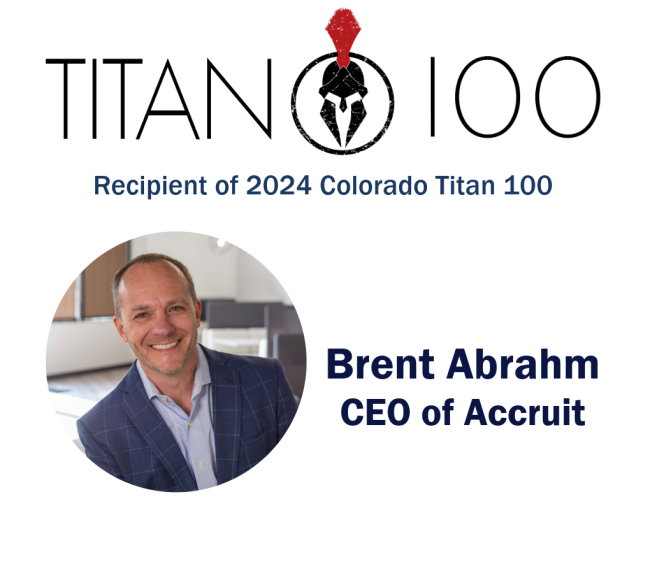Evolution
The idea that an exchange of a like kind property for another should not subject a Taxpayer, or Exchanger, to a tax payment so long as they did not “cash out” formed the basis for Section 1031 to become part of the Tax Code in 1921. At one time almost all asset types could be exchanged, but in the present era, only real estate can be exchanged. The rationale for this tax deferral was based on the fact that the Exchanger maintained a “continuity of investment” in the asset, and it would be unfair to assess a tax under the circumstances of maintaining the investment in the “like kind” property. Then, as well as now, applicable taxes were deferred until some final cash out disposition, if any.
There were additions to the Code section over time but there were still a lot of open questions as the use of §1031 gathered steam over the years. In 1991, the IRS sought to provide more certainty on what could or could not be done and promulgated some regulations to provide a safe harbor that people could follow when entering into a tax deferred exchange. The 1991 regulations included distinct safe harbors:
Security or Guaranty Arrangements
Qualified Escrow and Qualified Trust Accounts
Use of Qualified Intermediaries
Interest and Growth Factors
During a comment period before the 1991 rules came into effect, many people wrote in to the Internal Revenue Service (IRS) asking if the final rules could provide some guidance when circumstances dictated that the Replacement Property needed to be acquired before the sale of the Relinquished Property, commonly referred to as a Reverse Exchange, or when a portion of the Relinquished Property sale proceeds needed to be allocated to construction or improvement on the new property, a Construction or Improvement exchange. The IRS replied to these comments by declining to include such guidance but indicated that it would continue to study the issue and provide rules on it in the future. It took some time, but in the year 2000, that guidance was published in Revenue Procedure 2000-37.
Safe Harbor for Reverse and Improvement Exchanges
Like the Forward Exchange Rules before it, IRS Rev. Proc. 2000-37 provided a new safe harbor for Reverse and Construction/Improvement Exchanges. Among other things, the rules required having a third party, referred to as an Exchange Accommodation Titleholder, park title to the subject property as part of the necessary structure. Also, it was a condition of the safe harbor that the transaction, including the title parking arrangement, could go on no longer than 180 days.
Traditional Structuring for Reverse and Improvement Exchange Prior to the Safe Harbor
Prior to the issuance of this Rev. Proc. in 2000, there was some case law on Reverse and Property Improvement Exchanges. The gist of which was that it could be done via a title parking arrangement, but it was necessary for the third-party parking Accommodator to have true “benefits and burdens” of ownership. This was a very high bar to reach and required such things as:
Risk of gain or loss required should the market value change over the term of the parking arrangement
“Skin in the game” from the Accommodator, often thought to be a minimum of 5% of the equity
Lease of the property back to the Exchanger during the parking term with true economics and arm’s length dealing
Exchanger could not be the agent of the accommodator
Exchanger could not simply provide a blanket guarantee on any bank loan made to the Accommodator for the purchase price and/or cost of improvements
As can be imagined, meeting these criteria suggested by the case law was hard to do. The 2000 regulations changed most of this and for all intents and purposes just required the Accommodator to be in legal title during the 180 term of the transaction. Simplifying the requirements provided many Exchangers the ability to enter into these parking arrangements without tax risk.
Rev. Proc. Position on Structuring Outside the Safe Harbor
The regulations recognized that it was not always possible to have a parking transaction be concluded within 180 days. For example, in the case of new construction or property improvements, it takes time to get architect plans, permits, deal with inclement weather conditions, etc. Taking this into consideration, the Regs included a paragraph suggesting that “no (adverse) inference” was to be made for deals structured outside the safe harbor, specifically it states:
“No inference is intended with respect to the federal income tax treatment of arrangements similar to those described in this revenue procedure that were entered into prior to the effective date of this revenue procedure. Further, the Service recognizes that “parking” transactions can be accomplished outside of the safe harbor provided in this revenue procedure. Accordingly, no inference is intended with respect to the federal income tax treatment of “parking” transactions that do not satisfy the terms of the safe harbor provided in this revenue procedure, whether entered into prior to or after the effective date of this revenue procedure.”
This language was meant to leave the window open for matters that required more than 180 days to accomplish a completed exchange. For transactions that could only be done for a period in excess of 180 days, the only practical way was to resort to the benefits and burdens approach referred to above and, as before, that was difficult to adhere to.
The Case of Estate of George H. Bartell, Jr. v. Commissioner, 147 T.C. No. 5 (2016)
As so many times before, the landscape for these transactions changed once again with the ruling in the Bartell case that was issued in 2016. That case pertained to a taxpayer who structured an exchange involving new construction with a corresponding parking arrangement for 24 months. The actual period ended up being 17 months. Unlike traditional deals outside the safe harbor, it did not have benefits and burdens built in, rather it merely had a third-party Accommodator, referred to by the Court as a “warehousing” entity, hold title during the parking term. Predictably, the IRS challenged the tax reporting since it did not comply with historical requirements for a structure outside the safe harbor. However, the Federal District Court examined some cases on the subject and reached the conclusion that the case law primarily required a third party to be in title to the property during the period of construction.
This finding by the Court was a radical departure from what practitioners expected and opened up the door to many more parking transactions to be structured following the Bartell model. While the IRS was bound by the decision, it expressed its continuing disagreement with the holding by filing a “non-acquiesce” to the decision, meaning that it did not agree to be bound by it in other cases. This meant that persons in other Federal Districts could not necessarily rely on the case holding as applicable law.
However, gradually since 2016 real estate investors and business owners have been structuring deals requiring more than 180 days in conformity with the Bartell decision. At this time in 2024, such a matter being done outside the safe harbor is somewhat commonplace and certainly the IRS is aware that it happens. A lot of time has elapsed since the case holding and there is no evidence that the IRS has disallowed this structure since then so it would seem that a parking arrangement that uses an Accommodator but does not require benefits and burdens to that party, is indeed possible.
Like all tax related matters that are not the equivalent of a published safe harbor, it is always recommended to seek advice from your professional advisers to ensure that any perceived tax risk is properly assessed.
The material in this blog is presented for informational purposes only. The information presented is not investment, legal, tax or compliance advice. Accruit performs the duties of a Qualified Intermediary, and as such does not offer or sell investments or provide investment, legal, or tax advice.









